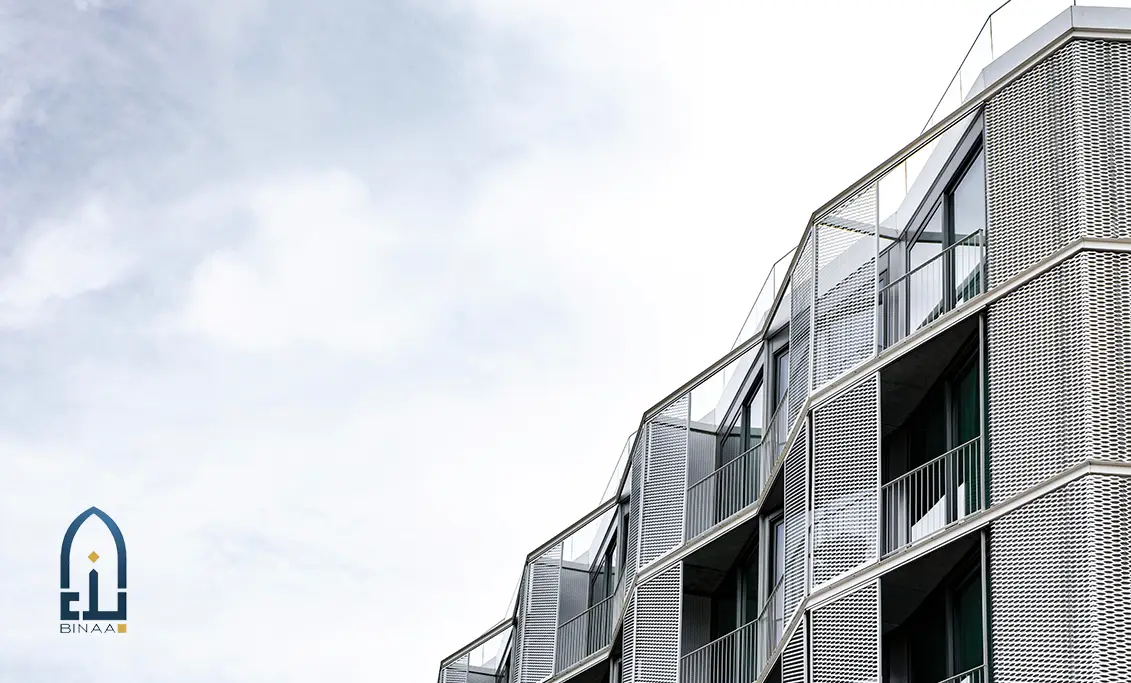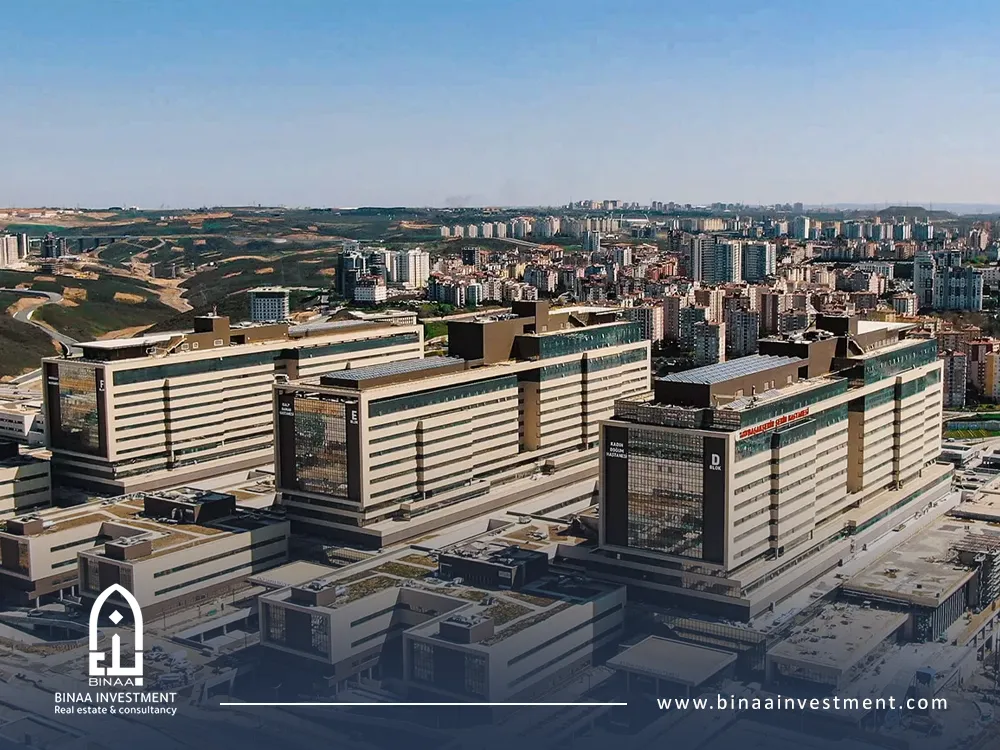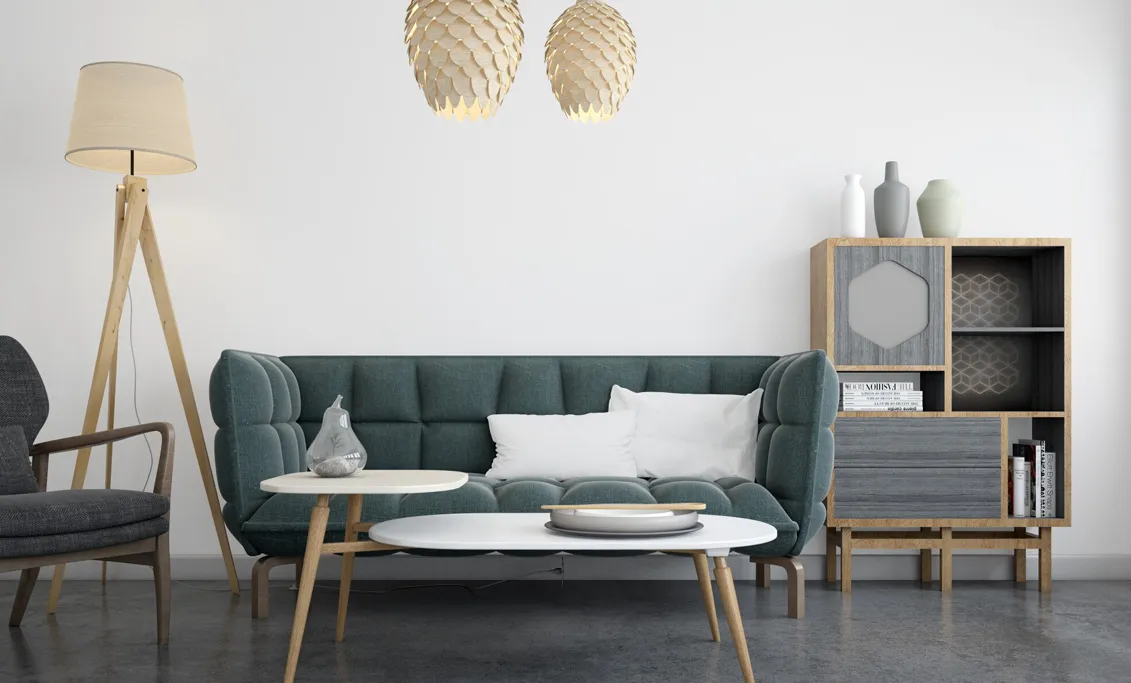Lofts are intriguing spaces that captivate many with their unique charm. But what is a loft, exactly? These open, airy spaces often originate from converted industrial buildings. They offer a blend of history and modern living.
Loft apartments are popular in urban areas, known for their high ceilings and large windows. They provide a canvas for creative interior design.
However, loft living comes with its own set of pros and cons. The open layout can be both a blessing and a challenge.
Understanding the difference between a loft and a traditional apartment is key. This article will explore these aspects and more.
Join us as we delve into the world of lofts.
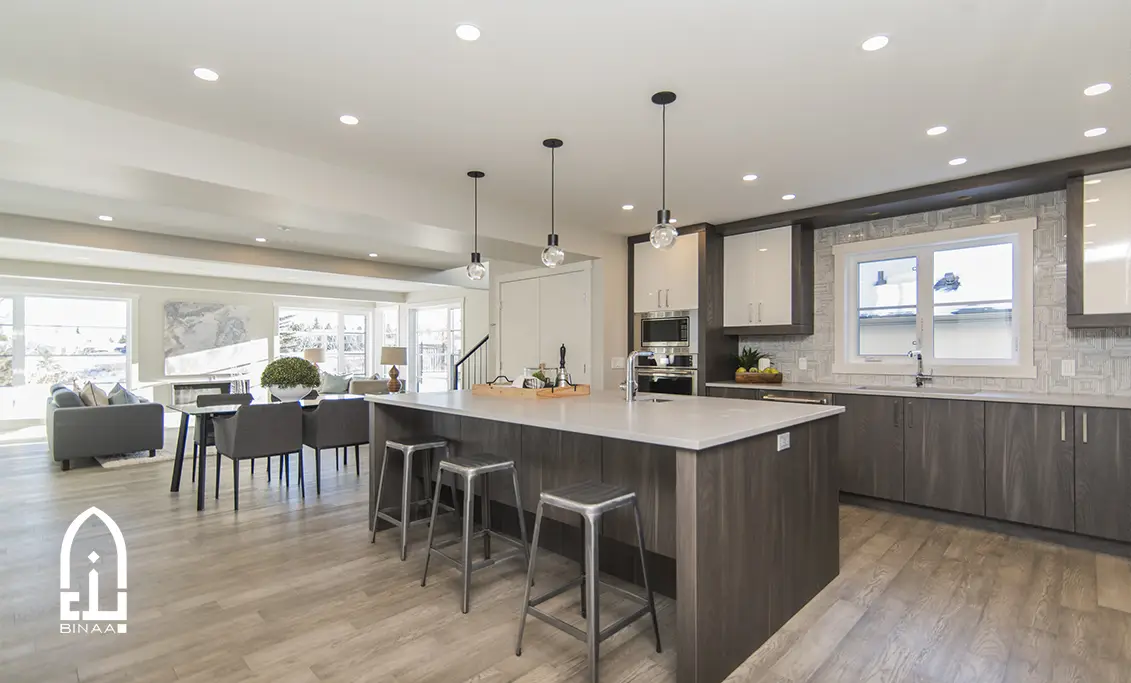
What is a Loft? Definition and Origins
A loft typically refers to a large, open space with minimal interior walls. These spaces are often marked by high ceilings and sizable windows. Originally, lofts were repurposed from industrial settings like warehouses and factories.
The origins of loft living trace back to the mid-20th century. Artists in cities like New York started transforming neglected industrial spaces into living and working areas. This trend quickly grew, fueled by the creative possibilities these open spaces offered.
Today, lofts are synonymous with urban innovation and style. They attract individuals seeking a non-traditional living space. The industrial character, such as exposed bricks and beams, adds to their appeal.
Lofts come in two main types:
- Hard Lofts: Converted from industrial buildings, maintaining much of their original structure.
- Soft Lofts: Newly built to mimic the style and feel of hard lofts.
The influence of historical industry is evident in each loft's design. This connection to the past gives lofts a unique character. Those fond of both history and modernity often find themselves drawn to these spaces.
Key Features of Loft Spaces
Loft spaces are distinguished by their unique architectural elements. High ceilings create a sense of openness rarely found in traditional apartments. This can make even modestly-sized lofts feel expansive and grand.
The layout of a loft is largely open, lacking defined rooms or walls. This absence of barriers provides flexibility in designing and personalizing the space according to individual needs.
Lofts often feature a blend of raw and modern aesthetics. They retain charming industrial elements like exposed ductwork and brick, adding to their distinctive look. Many lofts also enjoy large windows, flooding the space with natural light.
Key features of loft spaces include:
- High Ceilings: Enhances the feeling of spaciousness.
- Open Floor Plans: Allows for creative use of space.
- Industrial Elements: Exposed beams, brick, and ductwork offer an edgy aesthetic.
- Large Windows: Provides abundant natural light and potentially stunning views.
These features collectively contribute to the unique charm and flexibility of loft living.
Types of Lofts: Hard Lofts vs. Soft Lofts
Lofts come in two main varieties: hard lofts and soft lofts. Each offers different features and appeals to different preferences and lifestyles.
Hard lofts are authentic industrial or commercial spaces converted into residential areas. These lofts retain original architectural elements, like exposed brick walls and oversized windows. The charm of hard lofts lies in their industrial heritage and rough aesthetic.
Soft lofts, on the other hand, are newly built structures designed to mimic the open layout of hard lofts. They offer modern amenities while maintaining the spacious feel. Soft lofts provide a blend of modern design with elements inspired by traditional lofts.
To summarize, the differences include:
- Hard Lofts: Genuine, repurposed industrial spaces.
- Soft Lofts: Modern constructions with loft-inspired designs.
- Unique Features: Hard lofts retain original elements; soft lofts provide contemporary amenities.
Both types of lofts have their advantages, depending on whether you value historic authenticity or modern convenience.
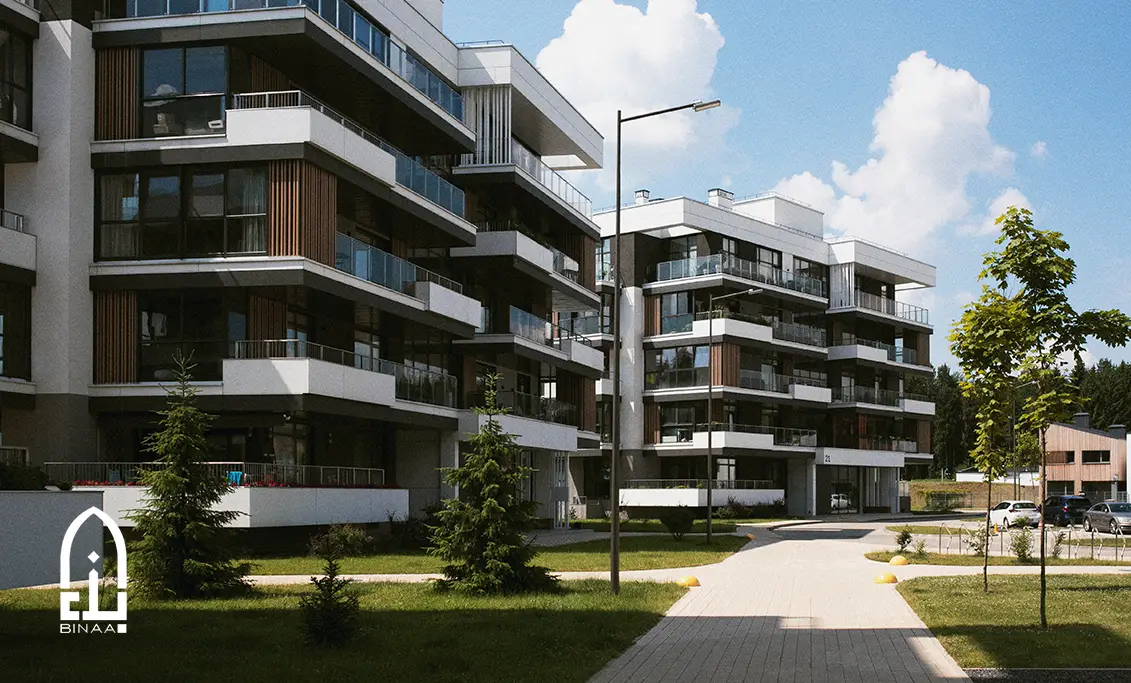
Loft Apartments: What Makes Them Unique?
Loft apartments stand out for their open floor plans and high ceilings. These features create a sense of spaciousness rarely found in traditional apartments. Large windows let in abundant natural light, enhancing the airy feel.
The industrial charm is a hallmark of loft apartments. You'll often find exposed brick walls, visible beams, and ductwork that add character. This unique blend of architecture creates an appealing space for many.
What truly sets loft apartments apart is their flexibility. The open layout allows residents to define living spaces according to their needs. Many find this adaptability ideal for creative living or work-at-home setups.
Key attributes of loft apartments include:
- Open Floor Plans: Encourages customization.
- High Ceilings: Adds volume and light.
- Industrial Charm: Visible structural elements.
- Flexible Use: Suited for various lifestyle needs.
These features contribute to the allure of loft apartments for those seeking a unique living experience.
Pros of Loft Living
Loft living offers an abundance of natural light due to expansive windows. This feature not only brightens the space but also reduces the need for artificial lighting, promoting energy efficiency.
The high ceilings in lofts create a sense of openness that's difficult to match. This architectural element enhances the feeling of spaciousness and grandeur within the home. It also allows for unique design choices like pendant lighting and tall art installations.
Another advantage of lofts is their flexibility in interior design. The open floor plan enables residents to partition areas to suit their lifestyle needs. You can easily change the space for different uses. It can be a home office, art studio, or yoga area.
Loft living also provides a unique communal atmosphere. With fewer walls and partitions, interaction among residents is often encouraged, fostering a sense of community. This can be particularly appealing to those who value social connections.
Key Pros:
- Natural Light: Enhances space.
- High Ceilings: Improves grandeur.
- Design Flexibility: Allows custom layouts.
- Community Feel: Encourages interaction.
Cons of Loft Living
Loft living, while trendy, comes with challenges. One major downside is the lack of privacy. The open layout leaves little room for private spaces, which may not suit everyone's lifestyle.
Temperature control can also be problematic in lofts. The high ceilings and big windows can cause heating and cooling problems. This makes it hard to keep a comfortable temperature all year.
Moreover, noise is a common issue in lofts. The absence of interior walls means sound can travel easily, which might disrupt peace, especially in busy urban settings.
Additionally, lofts may not be ideal for families with young children. The open spaces can pose safety hazards and offer limited storage options, making it challenging to organize family belongings.
Key Cons:
- Privacy Concerns: Few secluded areas.
- Temperature Issues: Difficult to manage.
- Noise Levels: Sound travels easily.
- Family Unfriendly: Limited storage, possible safety hazards.
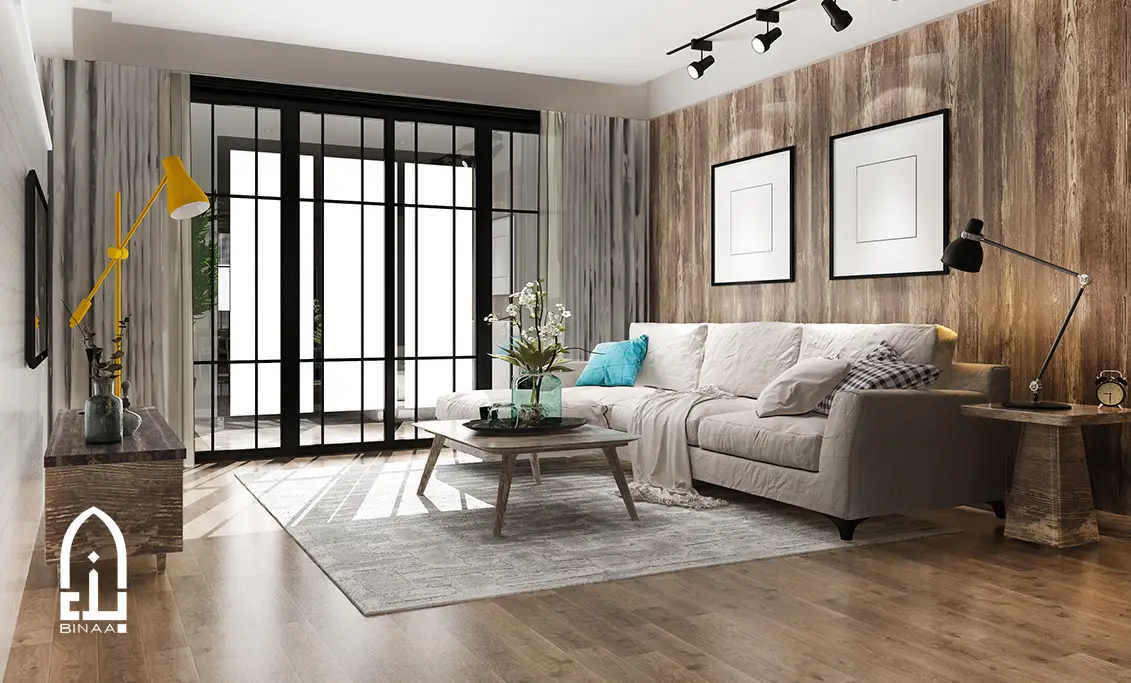
What's the Difference Between a Loft and an Apartment?
Lofts and apartments might seem similar but have distinct characteristics. A loft is typically an expansive space with an open floor plan. It's often converted from industrial buildings and features unique architectural elements like exposed beams and ductwork.
In contrast, apartments are more traditional living spaces. They usually have defined rooms, such as bedrooms and kitchens, separated by walls, offering more privacy than lofts.
Lofts also boast higher ceilings and large windows. This gives a feeling of openness that regular apartments can't match. It makes them attractive to people who enjoy wide spaces.
Key Differences:
- Open Layout vs. Defined Rooms: Lofts lack interior walls.
- Industrial Origin vs. Traditional Build: Lofts often from old factories.
- High Ceilings vs. Standard Heights: Lofts offer grandeur.
Loft Ideas: Maximizing Your Loft Space
Lofts offer plenty of opportunities for creativity in interior design. The open layout provides a blank canvas, ideal for personal expression and unique decor. Balancing utility and style is key to making the most of your loft space.
Smart furniture choices can transform your loft into a functional and beautiful home. Using multi-purpose furniture is an excellent way to create distinct areas without crowding the open space. Consider incorporating elements like shelving or rugs to define spaces within the loft.
Design Tips:
- Use vertical shelving for efficient storage.
- Add rugs to delineate living and dining zones.
- Install track lighting to spotlight specific areas.
Embrace greenery as part of your design. Indoor plants can add warmth and color, making the industrial loft atmosphere more inviting and vibrant.
House and Loft: Combining Traditional and Loft-Style Living
Merging traditional and loft-style living creates a unique and versatile home environment. This combination offers the charm of a classic house alongside the openness of a loft. It's a balance between structure and flexibility.
Consider integrating traditional rooms with open loft spaces. This blend allows distinct areas for privacy while maintaining a sense of openness. Such homes can accommodate varied lifestyle needs, from family living to creative pursuits.
Key Benefits:
- Combines cozy, defined spaces with airy, open areas.
- Offers the best of both worlds for design flexibility.
- Provides options for personalized, dynamic living arrangements.
This blend offers warmth from a traditional home and the creative space of a loft.
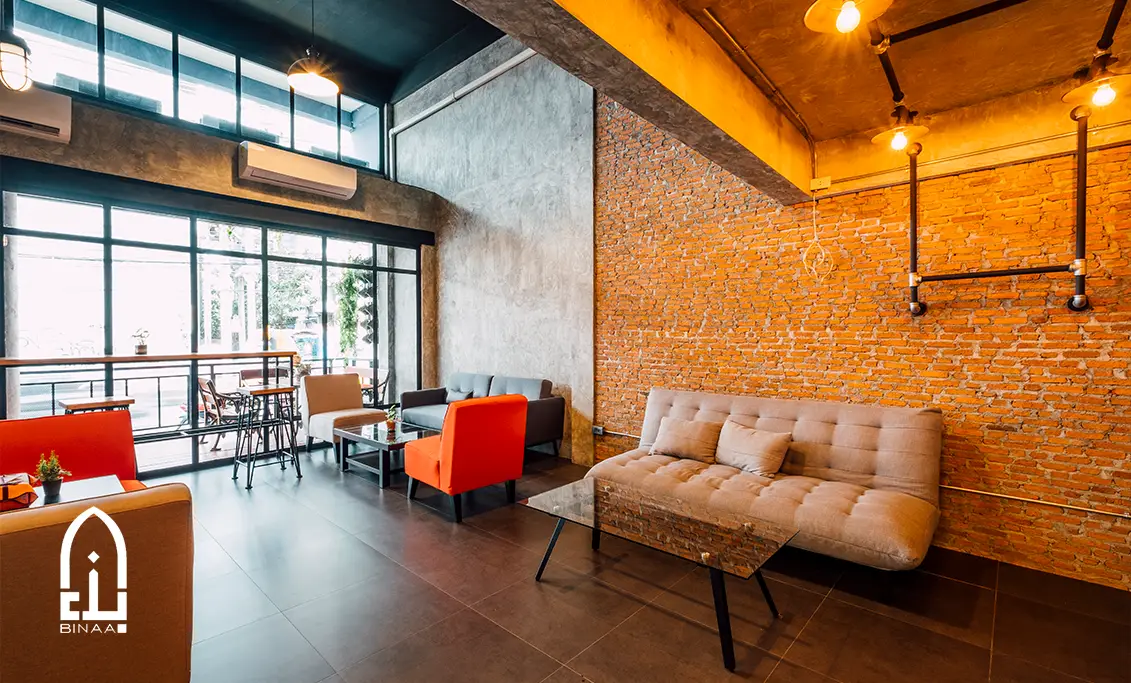
Is a Loft Right for You? Factors to Consider
Deciding if a loft suits your lifestyle involves weighing several factors. Consider your space needs, privacy preferences, and personal style. Lofts offer flexibility but demand adaptability.
Before committing, evaluate these aspects:
- Privacy Needs: Open layouts mean less privacy.
- Lifestyle Fit: Ideal for creatives, not always family-friendly.
- Maintenance: High ceilings may increase costs for heating and cooling.
Choosing a loft is personal. It's about aligning with your living priorities, whether they include space for creativity or valuing openness over traditional boundaries. Each factor plays a role in making loft living rewarding.
The Future of Loft Living
Loft living continues to attract those who value creativity and space. With urbanization on the rise, lofts are increasingly popular.
As cities grow, lofts provide a unique blend of history and modernity. They offer a dynamic space that adapts to the needs of urban dwellers. The future of lofts looks bright, as more people seek out these distinctive spaces for their lifestyle adaptability and potential investment value. Whether as a home or an investment, lofts offer an exciting option.

